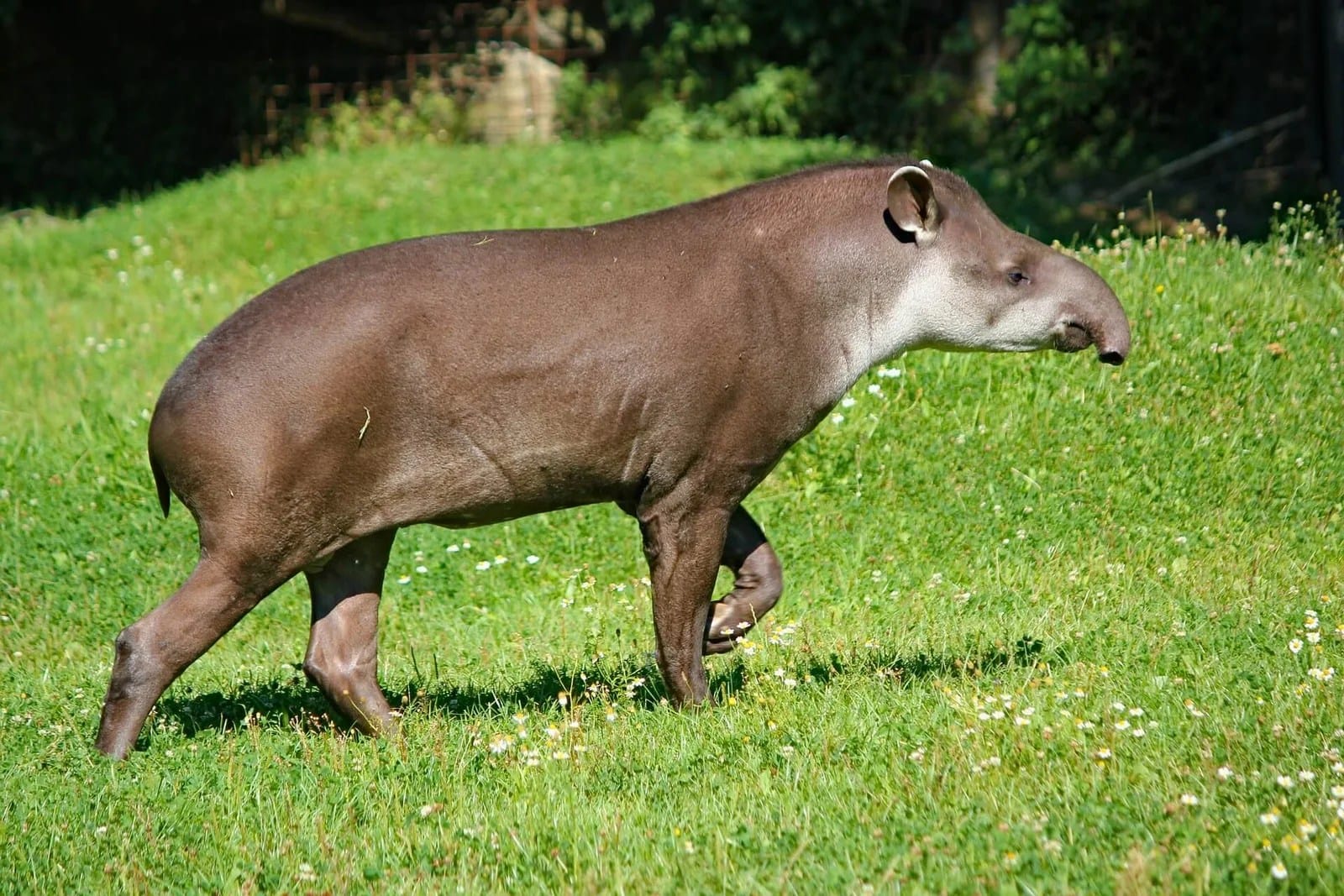Hey there, language lovers! Ever wondered how to pronounce “tapir” correctly? You’re not alone! This guide will navigate you through the phonetic jungle of this intriguing animal’s name and empower you to speak about them with confidence.
Mastering the Tapir Tongue Twister
While regional dialects and variations exist, the most widely accepted pronunciation of “tapir” in English is “tay-pir.” Think of it as combining the words “day” and “pier” (like a fishing pier), resulting in a clear “tay-puhr” sound.
Tracing “Tapir” Through Time: From Tupi to English
The word “tapir” likely originated from the Tupi language spoken in Brazil, reflecting the animal’s South American roots. In Tupi, “tapir” is believed to mean “thick,” possibly referencing their robust hide.
Interestingly, the word has remained remarkably consistent as it traveled across cultures and languages.
Key Points of Tapir Pronunciation:
- The widely accepted pronunciation is “tay-pir.”
- Slight variations exist, such as “tay-per” in parts of the U.S. and “tay-pur” in the U.K.
- The word “tapir” originated from the Tupi language of Brazil and may mean “thick.”
How to Pronounce Tapir Like a Pro
Want to pronounce “tapir” perfectly? Here are some expert tips:
- Sound it Out: Break down “tapir” into its individual sounds (“tay” + “puhr”). Exaggerate the sounds initially and practice until it’s clear.
- Record & Review: Record yourself saying “tapir” in sentences. Listen back to identify areas for improvement.
- Listen and Learn: Seek out audio recordings online or in pronunciation guides to hear how native speakers pronounce it.
- Phone a Friend: Dictionaries, especially online ones with audio pronunciations, can be incredibly helpful.
Beyond Pronunciation: Unveiling the World of Tapirs
Now that you’ve mastered the pronunciation, let’s explore the fascinating world of tapirs:
- Physical Appearance: Tapirs are stocky mammals resembling pigs with a short, prehensile snout (similar to an elephant’s trunk).
- Habitat: They inhabit tropical forests and wetlands in South America, Central America, and Southeast Asia.
- Diet: Tapirs are herbivores, primarily feeding on fruits, leaves, and aquatic vegetation.
- Behavior: They are mostly nocturnal and solitary animals, except during mating season or when mothers are with their young.
- Conservation Status: Several tapir species are endangered due to habitat loss and hunting.
Did you know that there’s an animal out there that starts with the letter “T” and ends with “R,” and an animal sound that rhymes with “pier”? Head over to this page about pronouncing tapir to learn more!
Unleashing the Power of “Tapirs”: Understanding the Plural
You’ve mastered “tapir,” but what about talking about multiple tapirs? Thankfully, English makes it simple: just add an “s”! That’s right, the plural of “tapir” is “tapirs.”
Imagine encountering a group of these gentle giants in a lush rainforest. Instead of saying, “Look, many tapir!” you can confidently exclaim, “Wow, a whole herd of tapirs!”
Why “Tapirs” Is Correct: Evidence from the Experts
Don’t just take our word for it – multiple reputable sources confirm the correct plural:
- Oxford Languages: Defines “tapir” and lists “tapirs” as the plural form.
- Merriam-Webster Dictionary: Provides the definition and biological classification of “tapir.”
- Wiktionary: Explicitly states, “tapir (plural tapirs).”
Delving Deeper: The Meaning of “Tapir”
The word “tapir” itself is as unique as the animal it represents. Originating from the Tupi language of indigenous people in Brazil, “tapir” simply means “thick.” This likely refers to their robust build and tough skin, acting as a natural armor in dense forests.
“Tapir”: A Linguistic Journey Through Time
The word “tapir” has a fascinating linguistic history. It transitioned from Tupi to Portuguese and eventually found its way into the English language. This journey highlights the interconnectedness of languages and cultures.
Conclusion
Mastering the pronunciation and plural of “tapir” allows for clearer communication and a deeper appreciation for these remarkable creatures. So, the next time you’re discussing these intriguing animals, you can speak with confidence and clarity!
If you’re curious about single-seated vehicles with a top speed of 6 mph, be sure to check out this page about the Prox Dynamics PD 100!
- Discover Words That Start With Co: 15,000+ Found in This Deep Dive - April 4, 2025
- Ultimate Guide to Words Starting With GO: Comprehensive List - April 4, 2025
- Master words that start with o to describe someone: A complete guide - April 4, 2025
















